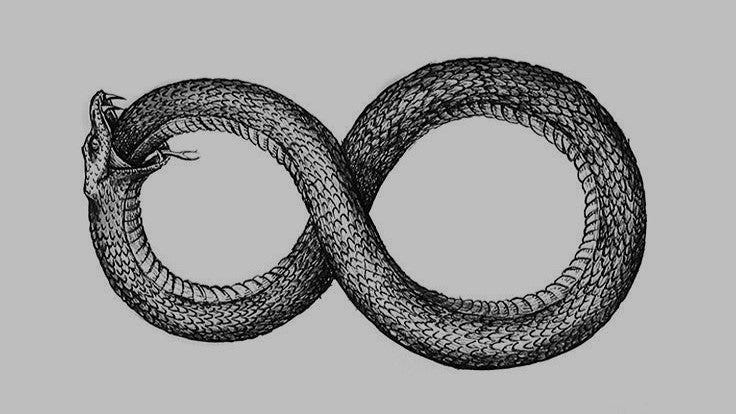The NBA is known to many as the National Basketball Association. Presently, it is in the midst of the final round of its annual championship tournament–’the NBA playoffs’.
For players and fans alike, the NBA playoffs are the culmination of a season’s worth of effort. The stakes, like a husky boy in a bathtub, raise everything around them–the intensity, the drama, and the attention paid. The rims of the baskets sit outside the tub at their normal heights. This added intrigue increases viewership. Added viewership means advertisements during the games are more valuable and cost more to run. The advertisements, being as expensive as they are, should ostensibly be some of the very best brands have to offer. “You only get one shot, do not miss your chance to blow,” as the saying goes.
As one viewer of a huge audience watching these playoffs and the many commercials running consistently throughout, I have counted at least six featuring people enjoying food alone in their cars. This makes sense: as of 2012 (old, I know), 17% of all meals ordered at restaurants in America were eaten in cars. In a 2017 survey conducted by everyone’s second favorite convenience store, Cumberland Farms found 63% of respondents ate in their car at least once every single day. Factor in that 69% of people drive alone to and from work and 26% of Americans reported “eating all of their meals alone the previous day,” and you discover a lot of people are eating alone in their cars.

For many of these people, the meal they’re enjoying looks to be the best part of their day. Take for instance the ad in the upper-left quadrant. Playing himself and averaging 21 points per game this season, the ad stars NBA player Jalen Green. He is handed a to-go bag of Wingstop whilst mobbed by fans and paparazzi on the way to his car. He does manage to scarf a bite before reaching the car, but the mouthful he takes in his car is by far his most satisfactory. Eyes closed, head slowly shaking in disbelief at how good the chicken is, Jalen’s voiceover begins: “Flavor, everyone wants a taste.” Is this ableist to people who cannot taste? Beside the point brother. The man is alone in his car, the perfect setup for peak enjoyment of sauced chicken. Wingstop knows it, Jalen Green knows it, and now thanks to the supporting data above, you know it.
That eating alone in cars is so commonplace it is worthy of highlighting in advertisements has some paradoxical implications. Notably, eating is traditionally a communal activity, but in this context it’s taking place in the ultimate symbol of individual reliance, the car. Cars are the single points of failure in the systems of our lives; getting to and from work and appointments, picking up children from places, retrieving food, etc. For most, to lose a car would mean life suddenly becoming far more costly and difficult, if not outright impossible.
Eating in a car also means the person is at a transitory point in their day. They’re on a break from work, stopped for a bite on the way to something, or in the case of the Panera ad from above, taking a hiatus from their shitty family. In the worlds created by these advertisements, joy is discovered in the moments between the undertakings which are supposed to bring us fulfillment–spending time with loved ones, working (lol), activities, and so forth. These fast food purveyors know that many Americans are bereft of this fulfillment and see their chow as not only a meal, but an opportunity to provide what amounts to an emotional sugar-high in place something with more emotional value.
Similar to healthcare, employment regulation, and tax policy, the logical end of American individualism transmutes from an issue to a market opportunity. So what if people are eating alone in their cars more often than ever, how can it be monetized? As with any exploited market opportunity, capital benefits at the expense of individuals. Like our hungry friend the ouroboros, we feed ourselves…to ourselves.
What if instead, we found ways to nourish ourselves with buffalo wings, cheesy gordita crunches, and extra crispy buckets of chicken that were additive to our day? As in, we’re mostly fulfilled and connected enough that having a drive-through treat creates marginal fulfillment instead of filling an emotional gap.
Truly addressing this involves all manner of changes to housing policy (creating more walkable cities), transportation policy, and local development. Those take time and as the numbers shared earlier indicate, we’re headed in the wrong direction. In the meantime, the best we can do is eat our McDonald’s inside, where we’ll hopefully be in time for a weekly bingo game.





Great piece J! This made me think about Cronenberg's Crash and Lasseter's Cars. (pls do not ask me about Cars 2, its imperialism heavy plot is way too violent for my taste)
I no longer drive, so I miss eating alone iin my car. My husband drives me places and he makes me eat my Hardee's chicken tenders inside the restaurant.